Shiatsu - Japanese Massage
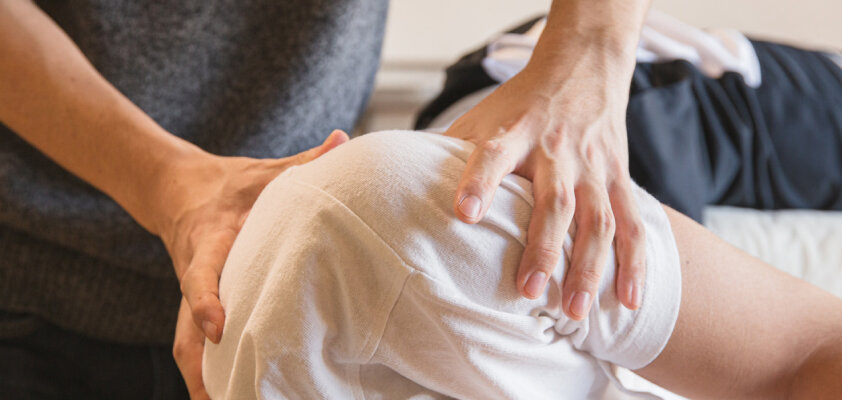
Sihatsu is a Japanese treatment method that was developed approximately 100 years ago. The word "Shiatsu" translates to finger pressure, emphasizing the manner in which the massage is performed on the body. While Shiatsu was initially practiced only in Japan, the treatment has now established itself in Europe as well. The Shiatsu massage is designed to promote relaxation for the back and the entire body, addressing various discomforts through gentle and targeted touch. The foundations of this massage trace back to Chinese traditional medicine, which harmonizes life energy through touch, promoting overall well-being. These principles were adopted, expanded upon, and refined for the Japanese massage technique.
What exactly is done in Shiatsu?
A Shiatsu massage is typically performed with clothing on, targeting various acupuncture points on the body. These pressure points are located on the meridians through which the life energy Qi circulates. The human body has approximately 400 of these acupuncture points, each associated with a specific function. Gentle finger pressure on these points can alleviate physical discomfort. In addition to finger touch, the palms, elbows, or knees may also be used. These techniques resemble those used in Thai massage, but they are executed with less force, making them generally more comfortable. To warm the points, gentle rubbing or tapping techniques are applied.
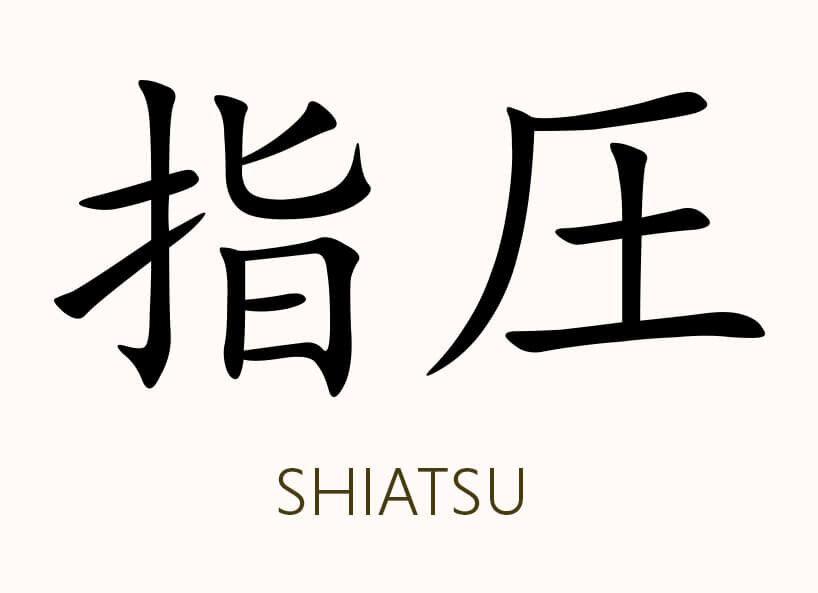
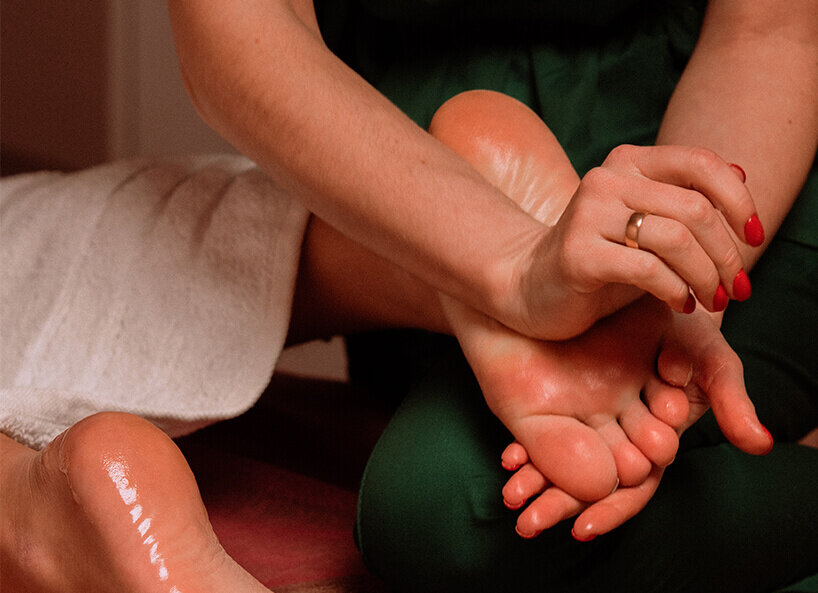
With these techniques, the therapist can, for example, release tension, alleviate pain, or stimulate the autonomic nervous system. Stimulating specific acupuncture points with gentle pressure can have a positive impact on internal organs. There are points that influence the function of the liver, lungs, and spleen, while others have a positive effect on the cardiovascular system. Those familiar with acupressure or acupuncture know that these points are rarely located directly where the treated organ is situated. This is because there are energetic connections within the body referred to as meridians. Through these meridians, various treatment methods can harmonize bodily functions.
Shiatsu requires a high level of attention, establishing an energetic relationship between the therapist and the patient's body. The massage is not mechanically executed, as in a traditional massage. Through Shiatsu massage, the flow of energy can be gently stimulated or calmed. To make the correct diagnosis and perform the massage accordingly, the therapist should not only focus on the technical execution but also engage in meditation and care for their own energy flow.
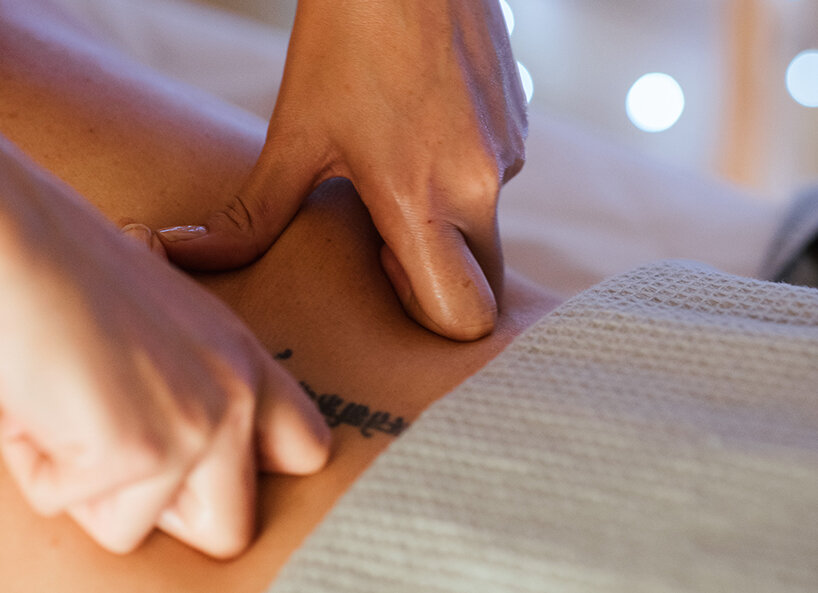
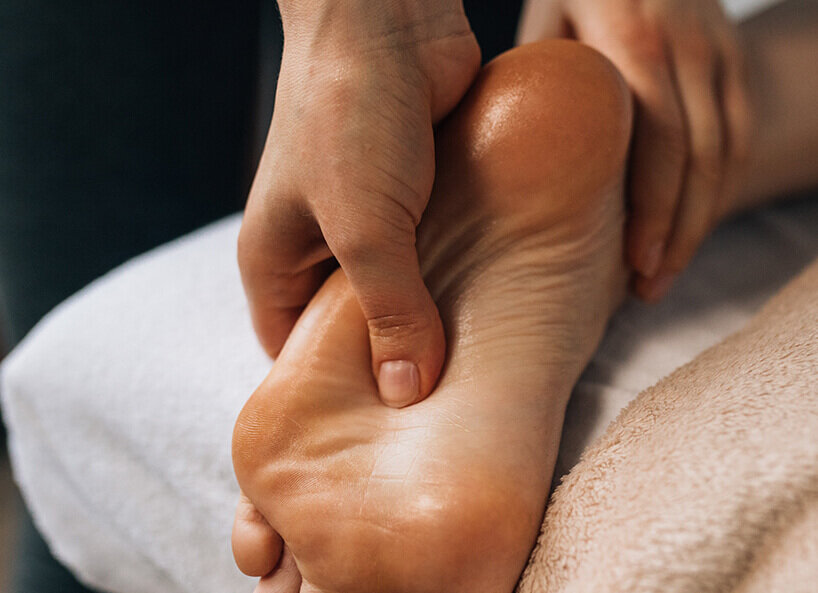
What effect does a massage with Shiatsu have?
A massage or treatment with Shiatsu can provide relaxation for various complaints. Often, pain in the back, knees, or other joints is associated with muscle tension. According to the principles of Asian medicine, this may be caused by a disruption in the body's energy flow. Energetic bodywork aims to release existing blockages and restore the balance of energy flow. The gentle effect is used both for wellness and alternative healing methods. Acupressure is applied with light pressure and can activate the body's self-healing powers. For a holistic treatment, it is also suitable to combine with additional measures that go beyond wellness. The therapist may recommend a diet or provide guidance on bodywork and mental methods such as meditation or increased mindfulness in everyday life.
On the physical level, the skin, fascia, muscles, joints, ligaments, and tendons are stretched, stimulated, and mobilized through various gentle movements. In combination with energetic work, this can release both physical and energetic blockages, enhancing individual well-being. The massage can have a positive impact on the immune system and the autonomic nervous system. Additional beneficial effects on respiration, mobility, coordination, and blood circulation are reported.
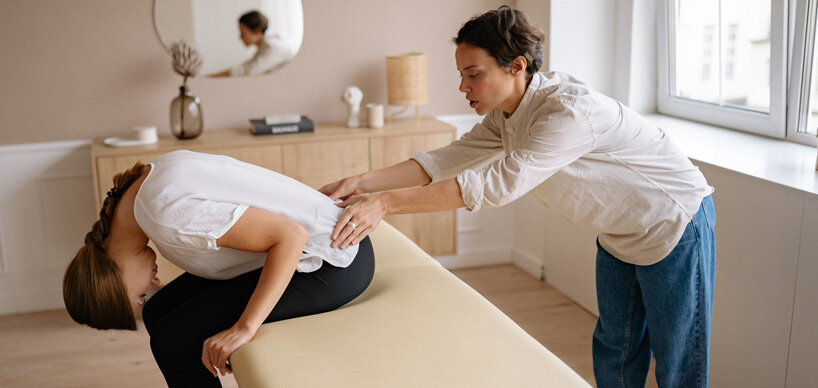
Who may perform a Shiatsu massage?
Shiatsu is an alternative healing method practiced by naturopathic doctors or practitioners. There is no university education for Shiatsu in Germany. However, physiotherapists and other individuals can undergo training in this field. It is important for the practitioner to have a precise understanding of the significance of pressure points for acupressure. Additionally, a prior diagnosis of the symptoms is crucial to determine the appropriate Shiatsu therapy. Those seeking a suitable practitioner can gather information from Shiatsu associations. Personal recommendations also aid in finding a suitable practice. It is crucial that there is a good rapport between the practitioner and the patient. Subtle dislikes or reservations can disrupt the well-being during the treatment and jeopardize the success of the therapy.
How often should a Shiatsu massage be performed?
The intervals between individual treatments can be arranged on an individual basis. It is important to allow the patient sufficient time to process the impulses and initiate self-regulation. Intervals of at least one week between two massage sessions are recommended. Additionally, longer intervals or irregular visits can be arranged as needed. When scheduling these appointments, consideration should always be given to the individual well-being and the effect of the massage, to avoid exerting too much or too little influence.
What speaks against a Shiatsu massage?
Inflammations or other diseases of the areas of skin to be treated are contraindications for a Shiatsu massage. It should also be noted that this massage is not suitable for the treatment of serious illnesses on its own. However, it can serve as valuable support, promoting natural self-healing forces.
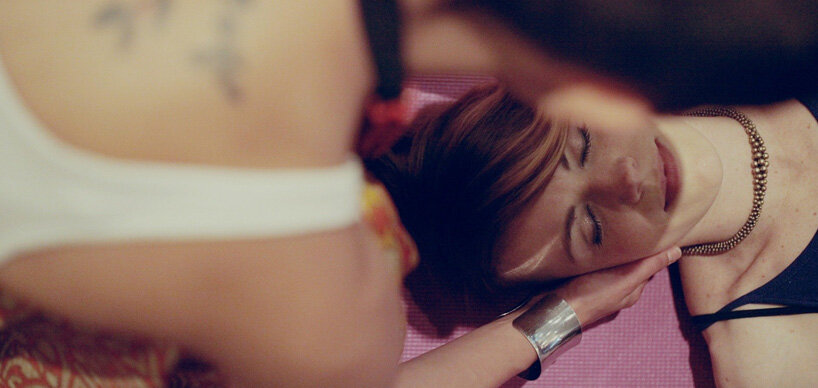
When should a Shiatsu therapist be consulted?
The Shiatsu technique can provide valuable support in various phases of life. It can promote the processes of natural growth, development, and healing, including both physical and mental aspects. Some of the areas where it can be beneficial include:
- Support in life crises and high-stress situations
- Treatment of extreme fatigue and lack of inner drive
- Treatment of motor, sensory, or autonomic dysfunctions
- Alleviation of chronic ailments
- Companion during the dying phase to alleviate physical and mental suffering
- Relaxing, calming, or stimulating, organizing, and harmonizing on the mental and spiritual level











-from-the-yakiyaki-grill-pan.jpg)




